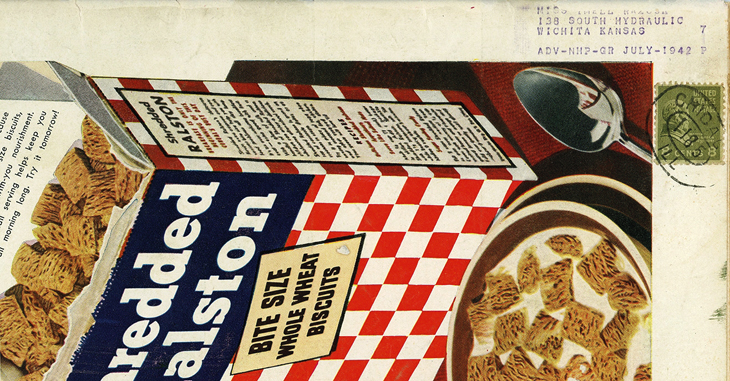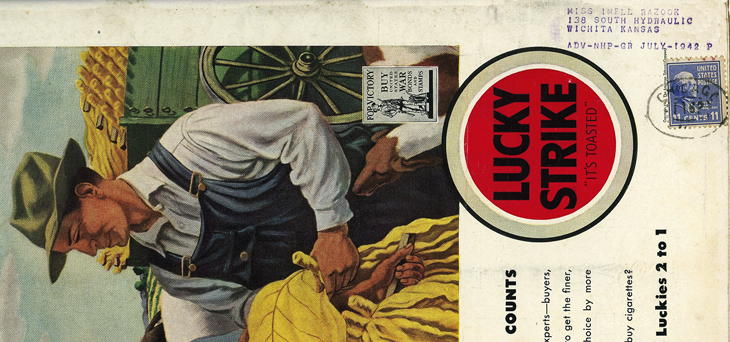US Stamps
Transient second-class: correcting a listing in the domestic rates book
By Tony Wawrukiewicz
Bob Hohertz recently e-mailed me regarding his concern about some items that he had acquired. These items supposedly were mailed at the transient second-class rate during the period from 1940 to 1945, but did not rate out correctly when he used the transient second-class rate table (Table 21) in my book, U.S. Domestic Postal Rates, 1872-1999. Hohertz was correct.
First, though, what is the transient second-class rate?
The transient second-class rate is a domestic one used for five purposes: first, to forward second-class matter; second, to return second-class matter to its publisher; third, by unregistered news agents to mail second-class items; fourth, by a publisher if he was sending more sample copies than equaled 10 percent of his normal mailing; or fifth, if the publisher made second-class matter available to a subscriber at less than 50 percent of the subscription price or if copies of the item were made available for the use of an advertiser in the publication.
Now back to Hohertz’s query. On April 15, 1925 (per Postal Bulletin 13714, March 5, 1925), as correctly stated in Table 21, the transient second-class rate was used on items up to 8 ounces in weight, at a rate of 2¢ per each 2 ounces. What was not stated in the rate table is that items more than 8 ounces in weight were to be mailed at the fourth-class rate.
The next entry in Table 21, of July 1, 1928 (PB 14714, June 13, 1928), is incorrect, because as of that date, the transient second-class rate was 1¢ for each 2 ounces, with no limit in weight. The rate table incorrectly indicates that the rate was not applicable to items that weighed more than 8 ounces — this is not true. This new, corrected rate remained in effect until April 1, 1952, and Table 21 is correct from this date on.
The two illustrations here show sections of two copies of Life magazine sent from Chicago to Wichita in 1942, from the same correspondence. The mailer appears to be an unregistered news agent, which explains the use of the transient second-class rate.
The two magazines are of different weights, and were sent under the transient second-class rate of 1¢ per up to 2 ounces. The magazine in the first illustration weighed some amount up to 16 ounces, and the 1938 8¢ Martin Van Buren Presidential series stamp (Scott 813) paid the transient second-class postage at the rate of 1¢ per 2 ounces.
In the second illustration is a section of a copy of Life magazine weighing some amount up to 22 ounces. The 1938 11¢ James K. Polk Presidential series stamp (Scott 816) paid the transient second-class postage at the rate of 1¢ per 2 ounces.
For further assistance, consult the relatively up-to-date errata for both my domestic and international rate books.
Tony Wawrukiewicz and Henry Beecher are the co-authors of two useful books on U.S. domestic and international postage rates since 1872. The third edition of the domestic book and the international book are available from the American Philatelic Society.
MORE RELATED ARTICLES
Headlines
-
World Stamps
Oct 10, 2024, 12 PMRoyal Mail honors 60 years of the Who
-
US Stamps
Oct 9, 2024, 3 PMProspectus available for Pipex 2025
-
US Stamps
Oct 9, 2024, 2 PMGratitude for Denise McCarty’s 43-year career with Linn’s
-
US Stamps
Oct 9, 2024, 12 PMWorld’s first butterfly topical stamp in strong demand







